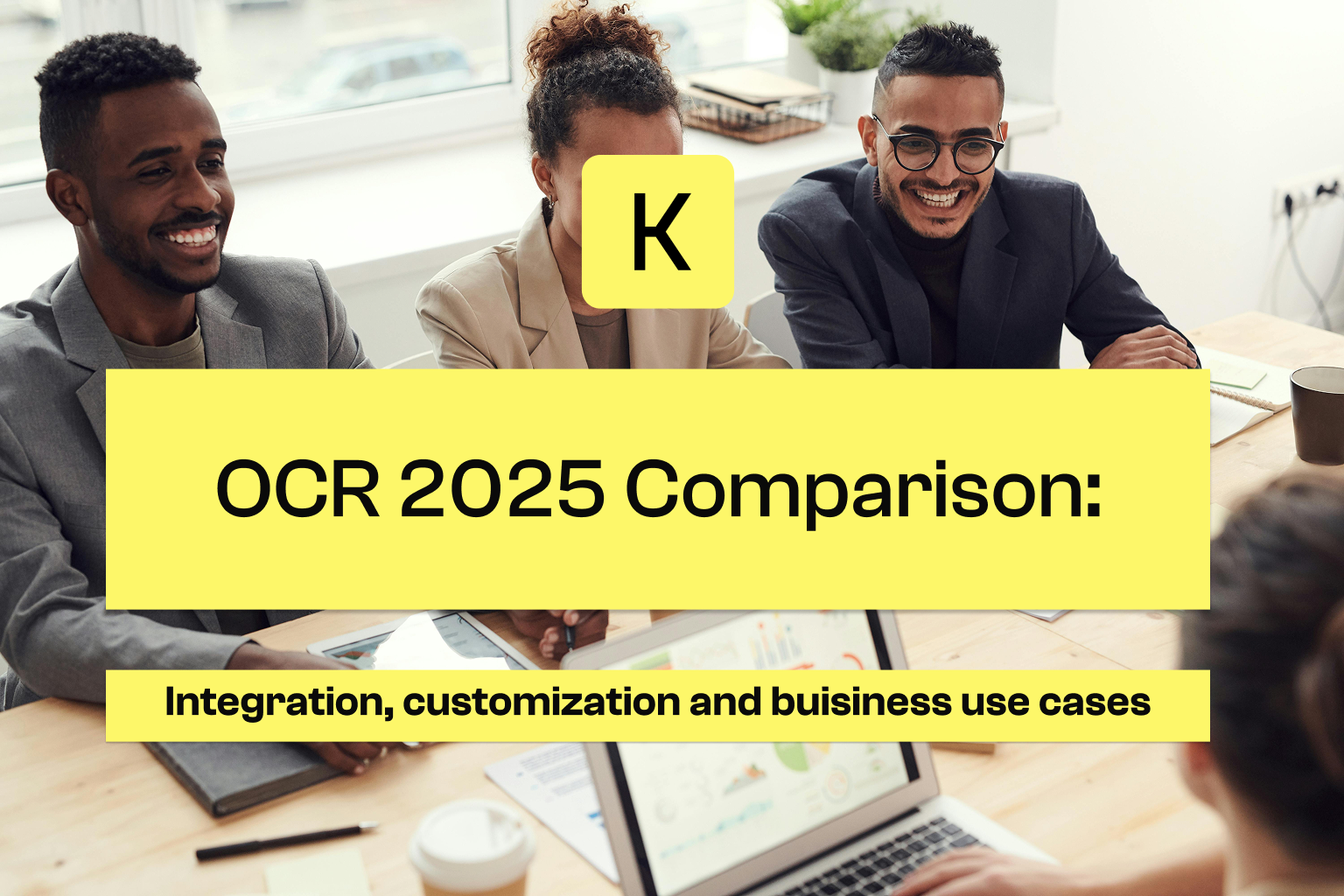.png)
How to Accurately Classify Documents with Intelligent OCR? A Concrete Use Case on ID Documents
Case study
Last update:
April 14, 2025
5 minutes
What is the status of Europe in the implementation of electronic invoicing? The legislative framework applicable in the various countries of the EU is reviewed.
This article presents the deployment of electronic invoicing in Europe.
Electronic Invoicing is no longer just a trend in Europe: it is a Major Transformation redefining business practices for companies and public administrations alike.

Since April 2019, Directive 2014/55/EU has demonstrated that All public administrations in EU member states Must be capable of receiving and processing electronic invoices compliant with the EN 16931 standard.
This standard Ensures complete interoperability of European systems by defining a structured data model for electronic invoices. In simpler terms, it enables businesses to exchange electronic invoices across Europe without technical or regulatory barriers.
In response to this directive, Many countries have made electronic invoicing mandatory for transactions between businesses and public administrations (B2G).
The success of electronic invoicing in Europe relates to robust tools and standards.
PEPPOL (Pan-European Public Procurement OnLine) is a Standardized infrastructure Simplifying electronic document exchange between businesses and administrations across Europe.
PEPPOL operates through:
Adopted in countries such as Norway and the Netherlands, and integrated into national systems like Chorus Pro in France, PEPPOL has become a de facto standard for cross-border exchanges.
While initially perceived as a regulatory burden, electronic invoicing presents strategic opportunities for businesses:
Electronic invoicing is reshaping the landscape of commercial exchanges in Europe. By leveraging standardized technologies such as UBL, CII, and PEPPOL, Businesses can not only meet regulatory requirements but also turn these obligations into drivers of performance and efficiency.
Resources
.png)
How to Accurately Classify Documents with Intelligent OCR? A Concrete Use Case on ID Documents
Case study

Compare 4 OCRs according to your business uses, types of documents, API integration, customization and business logic.
Blog

Complete comparison of the best OCR solutions: Performances, use cases, prices.
Blog